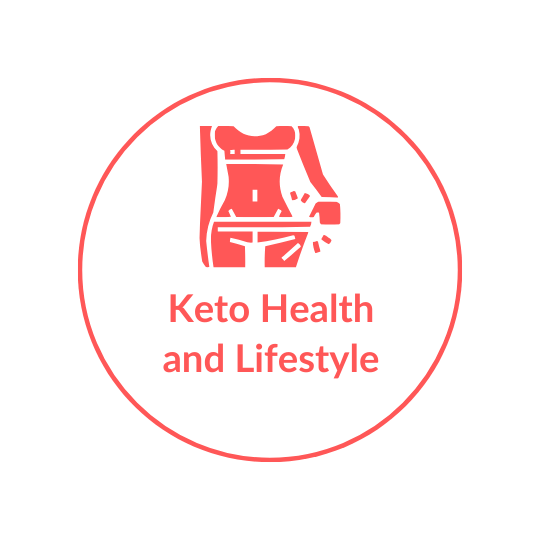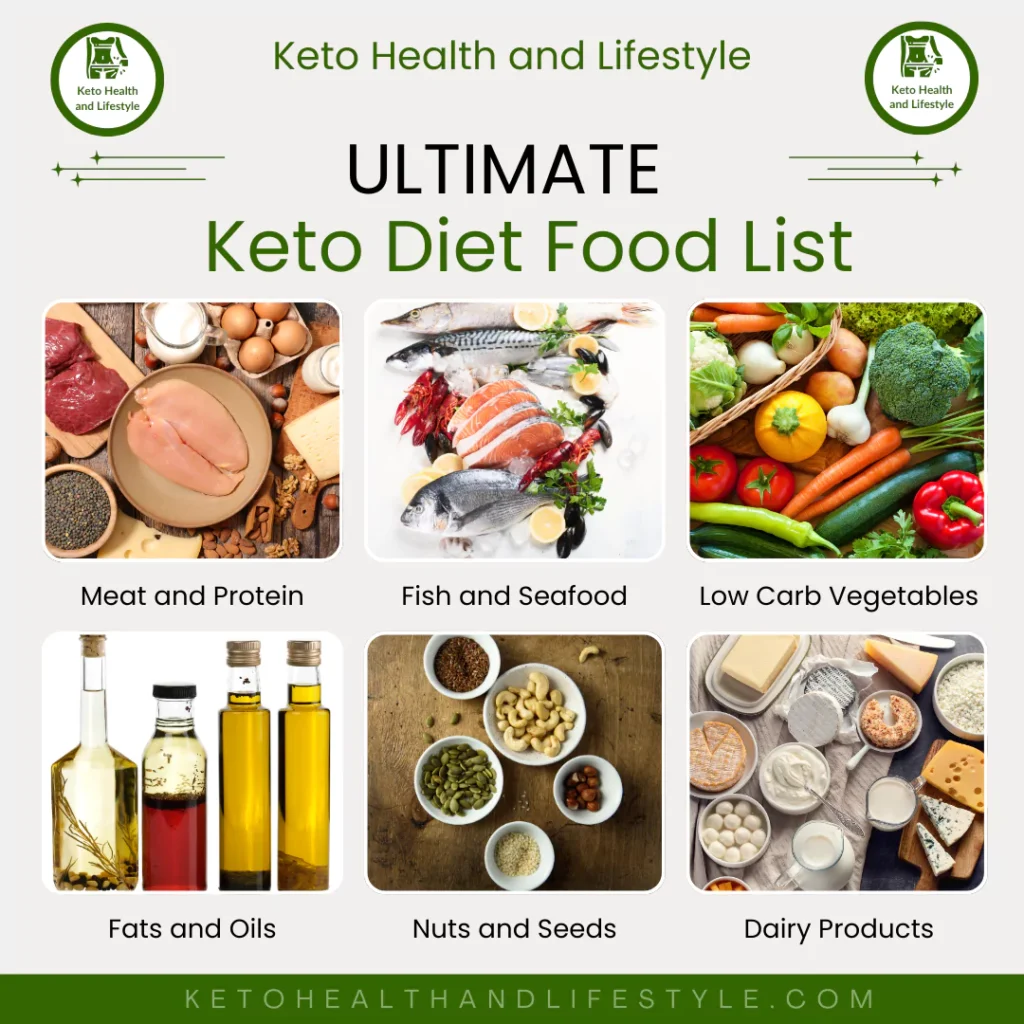This post may contain affiliate links which means I may receive a commission for purchases made through links. Learn more about policies on my about page.
TL;DR Summary for Busy Readers:
This ultimate keto diet food list focuses on high-fat, moderate-protein, and very low-carb foods. Eat plenty of meat, fish, eggs, low-carb vegetables, and healthy fats. Avoid grains, sugar, most fruits, and starchy vegetables. Aim for less than 50g of net carbs per day for best results. Now, let’s dive deep into everything you need to know about eating on the ketogenic diet.
Table of Contents
What is the Keto Diet?
The ketogenic diet is a high-fat, moderate-protein, and very low-carbohydrate eating plan designed to shift your body into a state of ketosis. In this metabolic state, your body burns fat for fuel instead of carbohydrates.
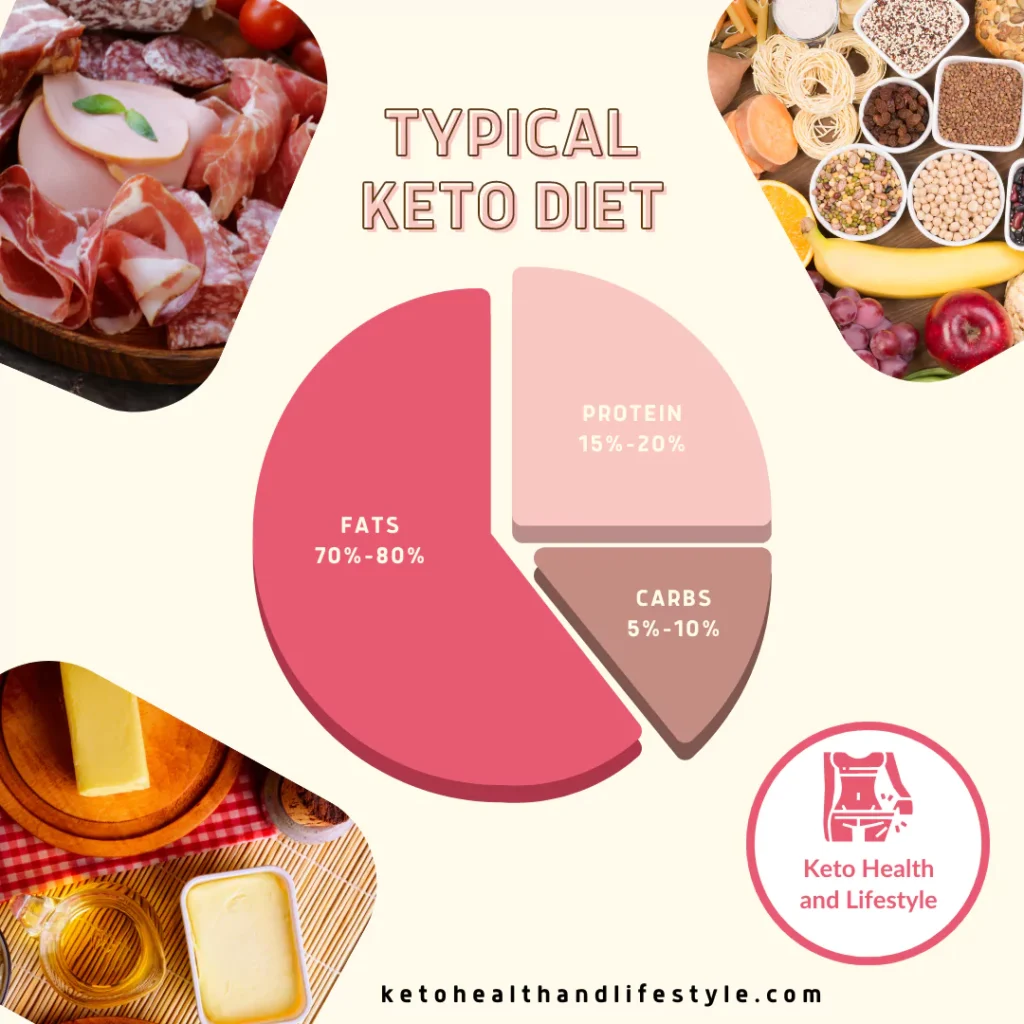
Key benefits of the keto diet may include:
- Weight loss
- Improved mental clarity and focus
- Increased energy levels
- Better blood sugar control
- Reduced inflammation
However, it’s crucial to consult with a healthcare professional before starting any new diet, especially one as restrictive as keto.
Keto-Friendly Foods: What to Eat
Let’s break down the foods you can enjoy on a ketogenic diet by category:
1. Meats and Proteins
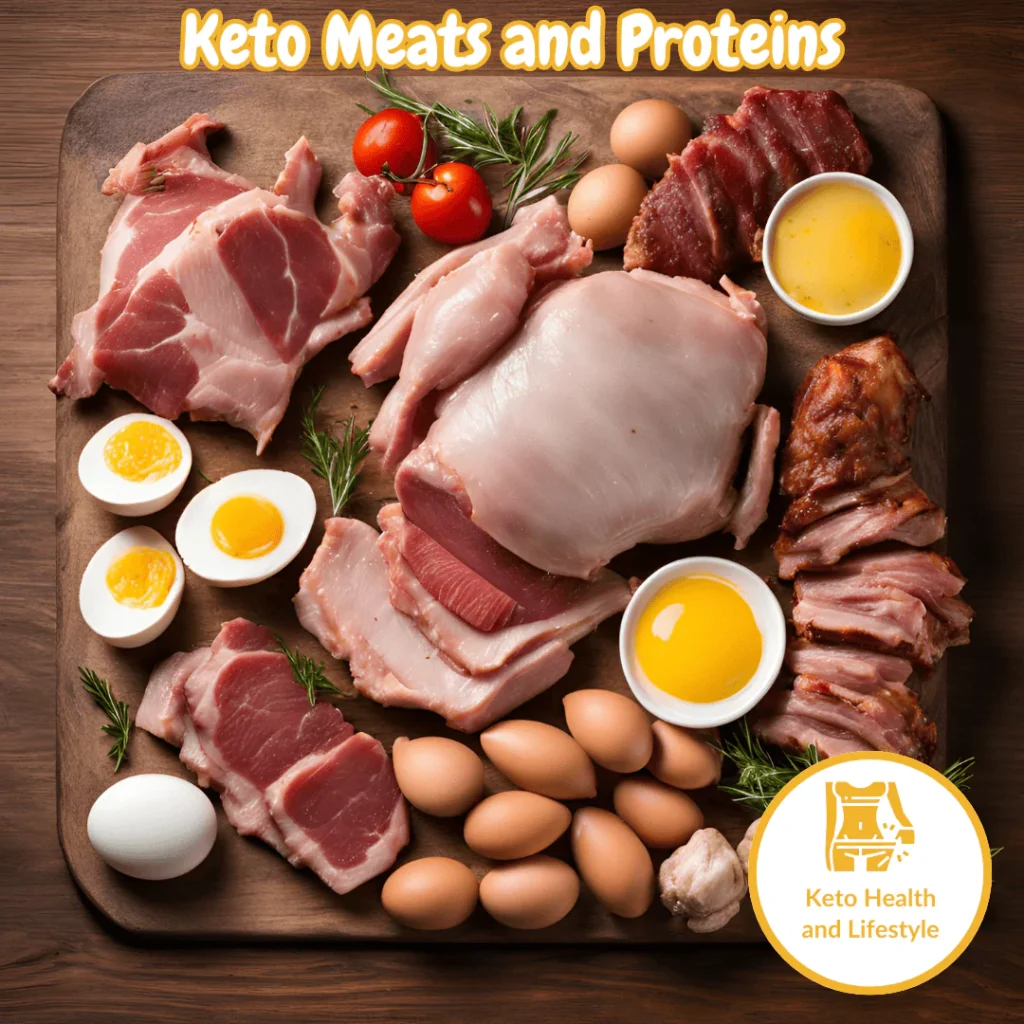
- Beef (grass-fed preferred)
- Pork
- Chicken
- Turkey
- Lamb
- Duck
- Eggs
- Bacon (uncured, no added sugar)
- Organ meats (liver, heart, kidneys)
My experience: I’ve found that incorporating a variety of meats keeps meals interesting. Grass-fed beef has a richer flavor and potentially more nutrients than conventional beef.
Less common meats and proteins
- Quail eggs
- Bone marrow
- Pork belly
- Goat meat
- Rabbit
- Venison
2. Fish and Seafood
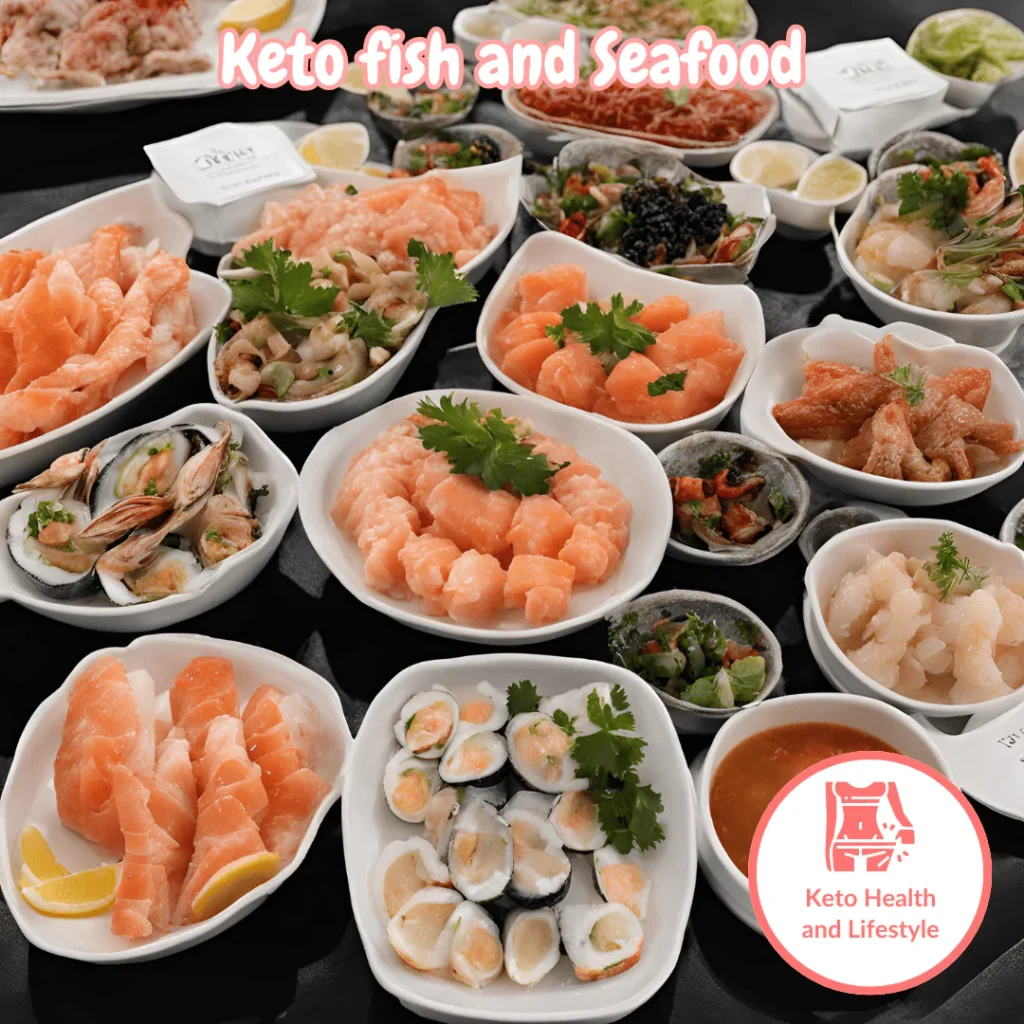
- Salmon (wild-caught preferred)
- Sardines
- Mackerel
- Tuna
- Trout
- Halibut
- Cod
- Shrimp
- Crab
- Mussels
- Clams
Keto Diet tips: Fatty fish like salmon and mackerel are excellent choices as they’re high in omega-3 fatty acids, which can help reduce inflammation.
Less common fish and seafood
- Octopus
- Eel
- Anchovies
- Sea urchin
- Caviar
- Smoked oysters
- Cuttlefish
3. Low-Carb Vegetables
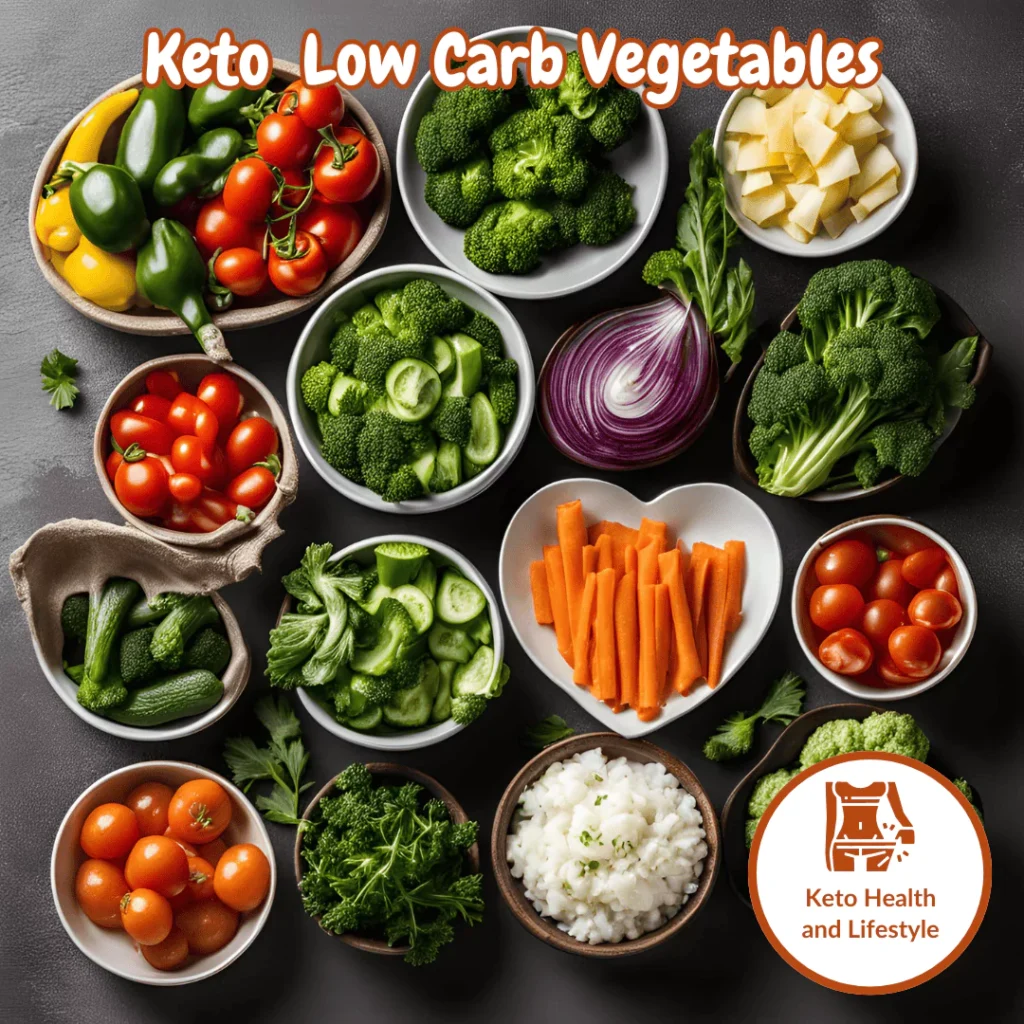
- Leafy greens (spinach, kale, lettuce)
- Broccoli
- Cauliflower
- Zucchini
- Bell peppers
- Asparagus
- Mushrooms
- Celery
- Cucumber
- Brussels sprouts
My experience: I love using cauliflower (and broccoli!) as a versatile low-carb substitute for rice, mashed potatoes, and even pizza crust!
Less common low carb vegetables
- Kohlrabi – Also known as German turnip or turnip cabbage, is a biennial vegetable that belongs to the same species as cabbage, broccoli, and cauliflower.
- Daikon radish – A mild-flavored root vegetable that can vary in size and shape. It has a crunchy texture when raw and a mild, semi-sweet, and peppery flavor. It can be eaten raw, cooked, or pickled. Daikon radishes are believed to be native to the Mediterranean and coastal regions along the Black Sea.
- Jicama – Also known as Mexican potato or yam bean, is a root vegetable with thick, brown skin and white, crisp flesh that tastes like a less sweet apple. It is native to Mexico and Central and South America.
- Chayote squash – A small to medium-sized fruit with a pear-like shape and deep linear indentations. It has a crunchy texture and a mildly sweet taste with light notes of cucumber. Chayote is native to Mesoamerica, specifically central Mexico.
- Nopales (cactus paddles) – the edible pads of the prickly pear cactus.
- Purslane – A leafy green vegetable with a slightly sour and salty taste. It is rich in omega-3 fatty acids and can be eaten raw in salads or cooked. Purslane is found worldwide and is commonly used in Mediterranean, Middle Eastern, and Mexican cuisines.
- Fiddlehead ferns – The young, coiled fronds of the ostrich fern. They have a mild, grassy flavor similar to asparagus and are often used in salads, soups, and stir-fries. Fiddlehead ferns are native to North America.
- Sunchokes (Jerusalem artichokes) – The tubers of the sunflower plant with a nutty, sweet flavor. They can be eaten raw, roasted, or sautéed. Sunchokes are native to central North America.
- Samphire (sea beans) – A succulent plant that grows in coastal areas. It has a crisp texture and a salty taste, making it a popular addition to salads and seafood dishes. Samphire is found along coastlines in Europe, North America, and Asia.
4. Healthy Fats and Oils
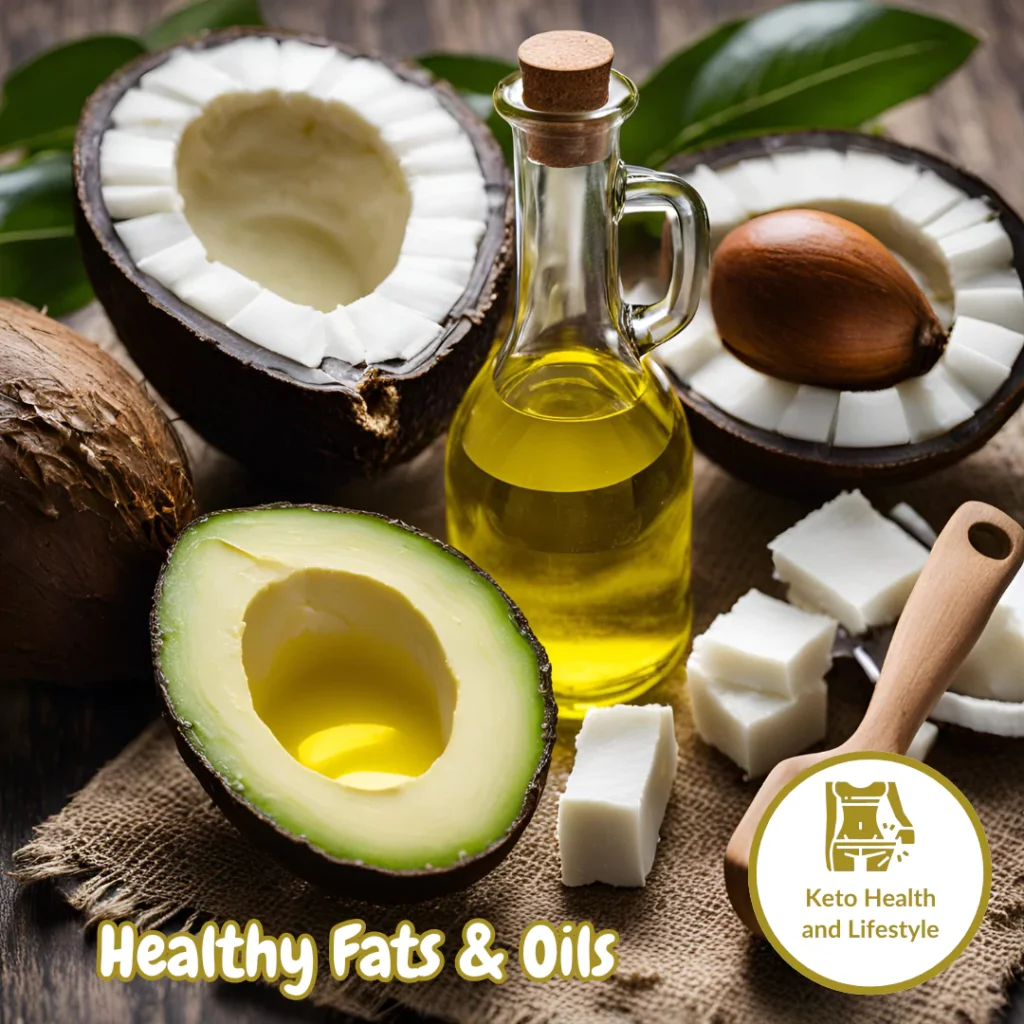
- Avocado oil
- Coconut oil
- Extra virgin olive oil
- MCT oil
- Butter (grass-fed preferred)
- Ghee
- Lard
- Tallow
- Avocados
- Olives
Keto Diet tips: Experiment with different fats to find what works best for you. I personally love the taste and versatility of olive oil and avocado oil for cooking. Learn how to track macros in keto recipes.
5. Nuts and Seeds
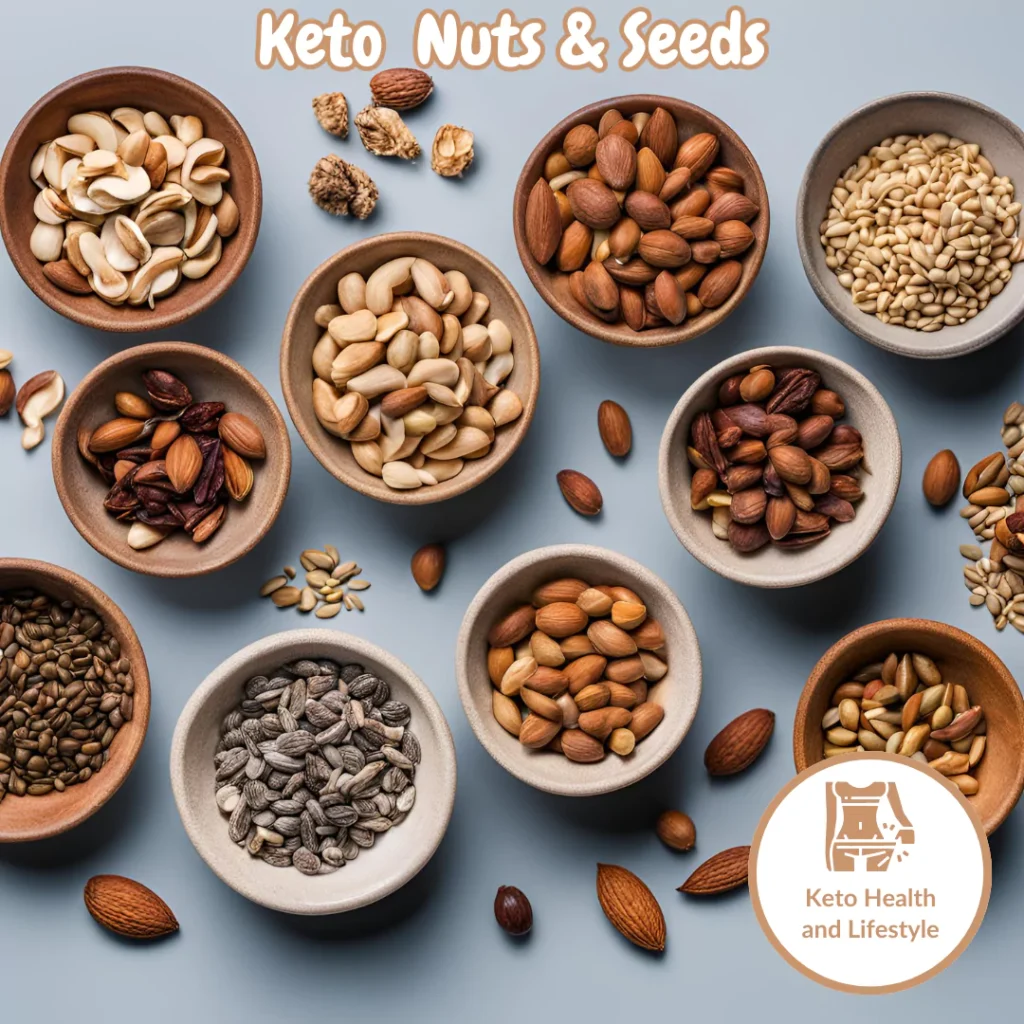
- Almonds
- Macadamia nuts
- Walnuts
- Pecans
- Brazil nuts
- Pumpkin seeds
- Sunflower seeds
- Chia seeds
- Flaxseeds
Keto Diet cautions: While nuts are keto-friendly, they’re also calorie-dense. Measure portions to avoid overconsumption. Too many nuts and high carb foods are things that knock you out of ketosis.
6. Dairy Products
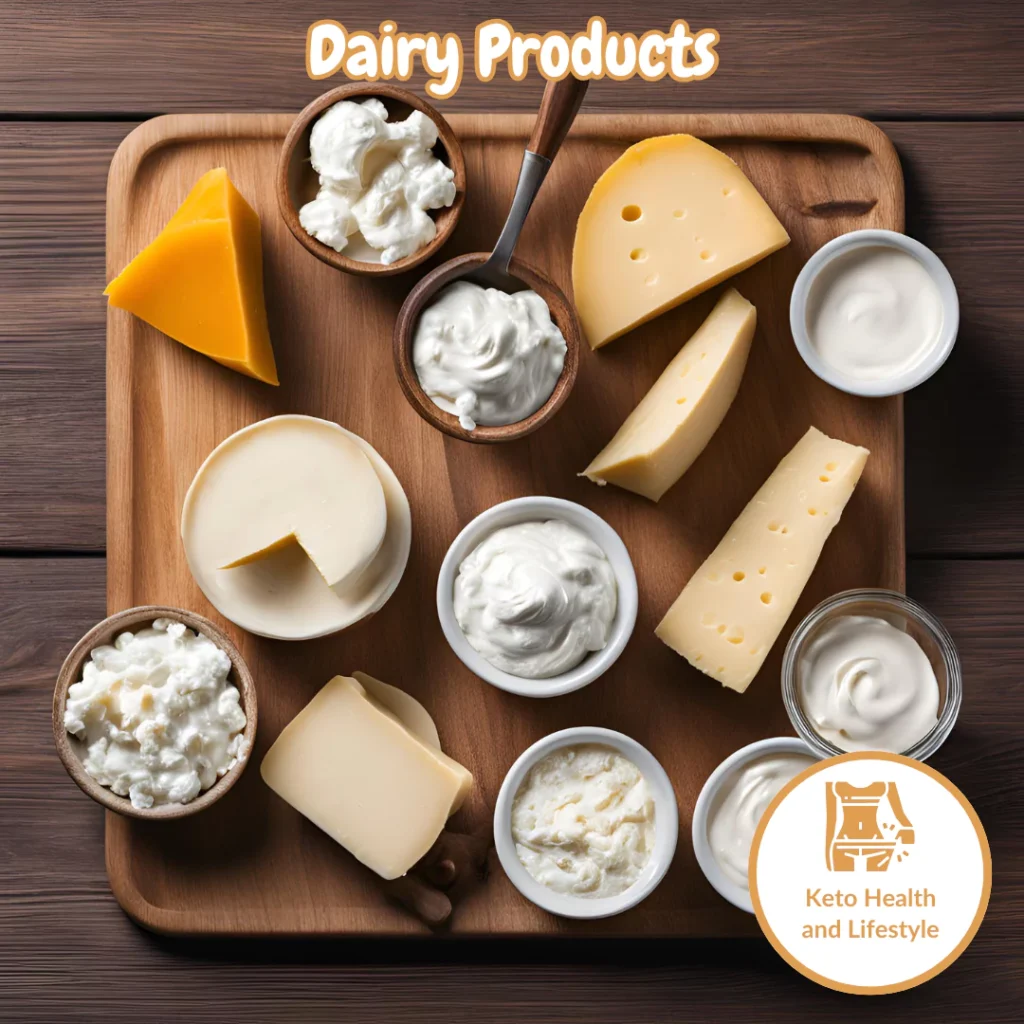
- Full-fat cheese (cheddar, gouda, mozzarella)
- Heavy cream
- Sour cream
- Greek yogurt (full-fat, unsweetened, not ‘Greek style’)
- Cottage cheese
- Cream cheese
My experience: Hard cheeses tend to have fewer carbs than soft cheeses. Always check labels, as carb content can vary between brands.
Less common dairy products
- Quark
- Halloumi cheese
- Mascarpone
- Paneer
- Ghee
- Kefir
- Skyr (Icelandic yogurt)
- Labneh (strained yogurt)
7. Keto Drinks and Beverages
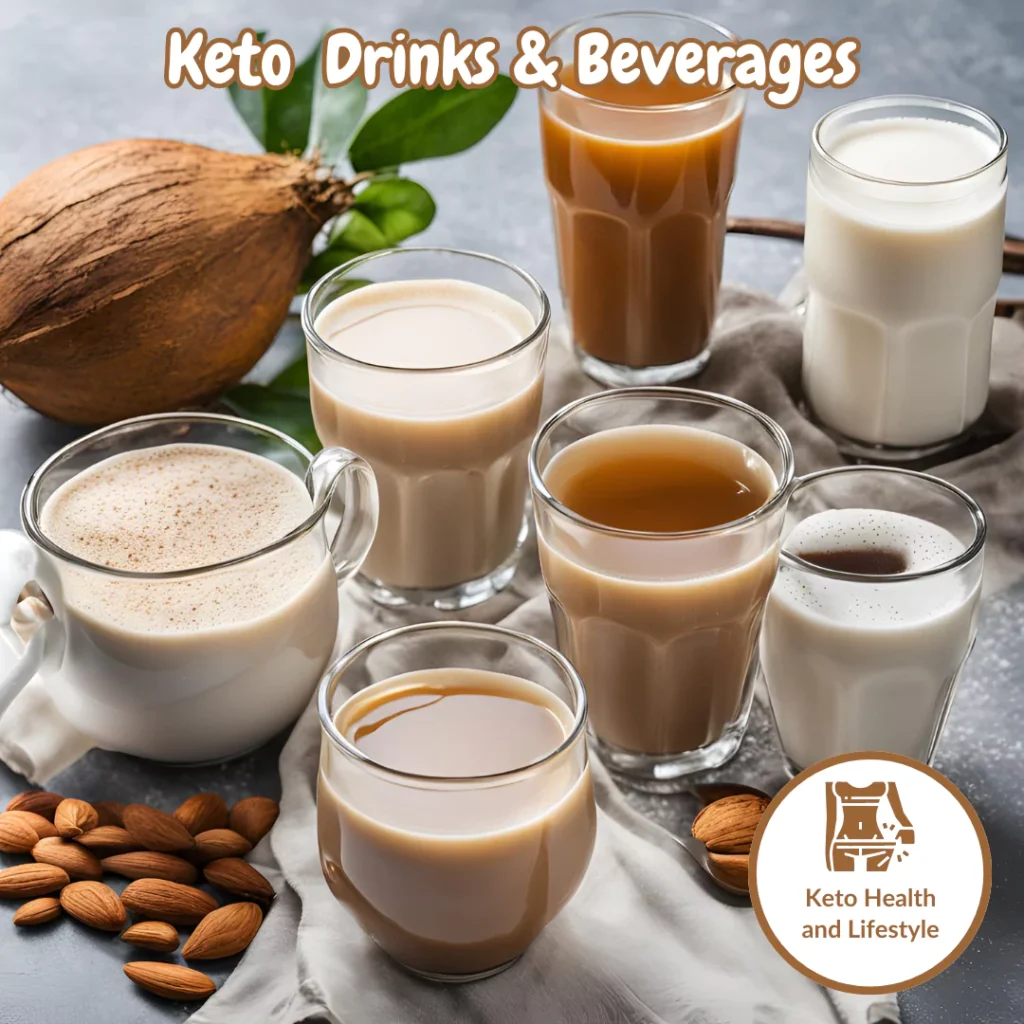
- Water (still or sparkling)
- Coffee (black or with heavy cream)
- Tea (unsweetened)
- Bone broth
- Unsweetened almond milk
- Unsweetened coconut milk
Keto Diet tips: Stay hydrated! Adequate water intake is crucial on keto, especially during the initial adaptation phase.
Foods to Avoid on Keto
Understanding what not to eat is just as important as knowing what to eat on a ketogenic diet.
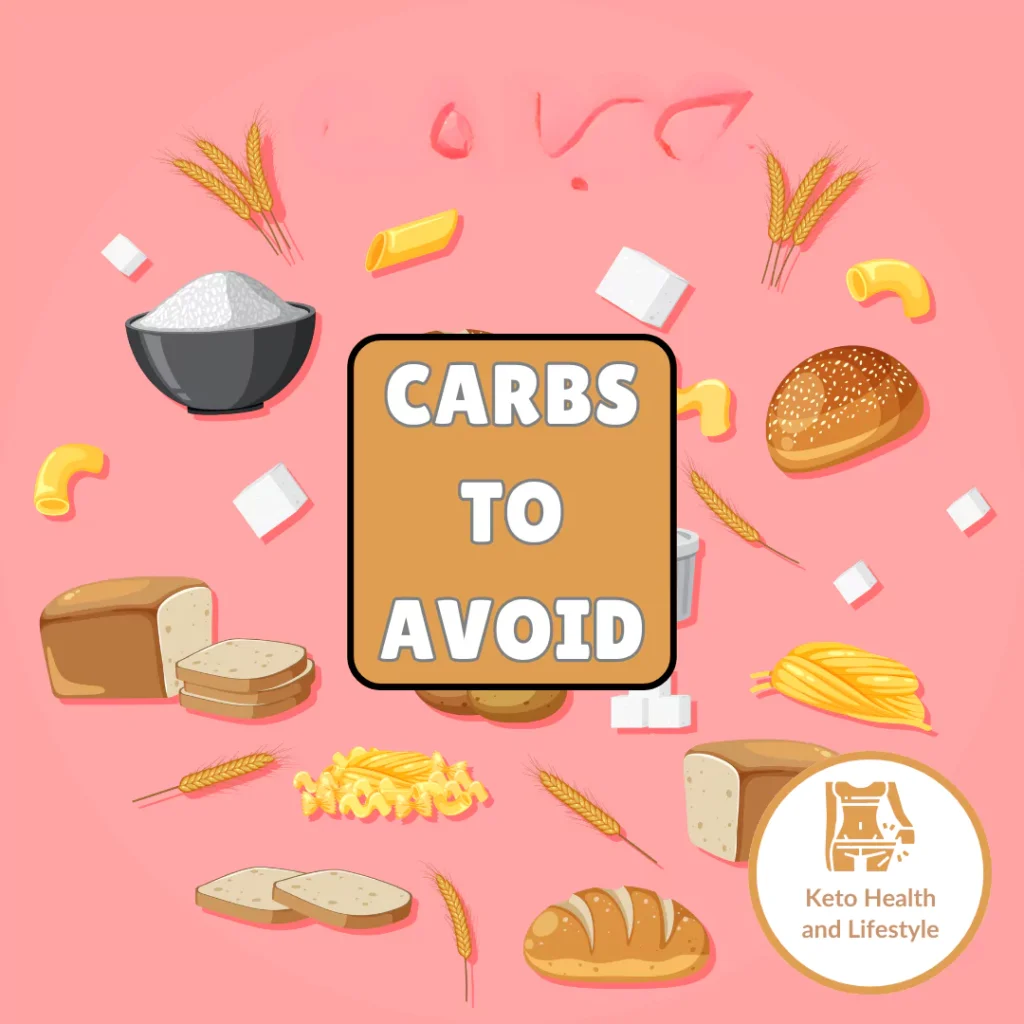
High-Carb Foods to Limit or Avoid:
- Grains (wheat, rice, oats, corn)
- Sugar and sugary foods
- Most fruits (except small portions of berries)
- Starchy vegetables (potatoes, sweet potatoes, carrots)
- Legumes (beans, lentils, chickpeas)
- Most milk and low-fat dairy
- Processed foods and snacks
- Sweetened beverages
- Alcohol (most types, especially beer and sugary cocktails)
My experience: The first few weeks of avoiding these foods can be challenging, but it gets easier over time. Focus on all the delicious foods you can eat rather than what you’re missing.
Ultimate Keto Diet Food List Sample Keto Meal Plan
To help you get started, here’s a simple one-day meal plan:
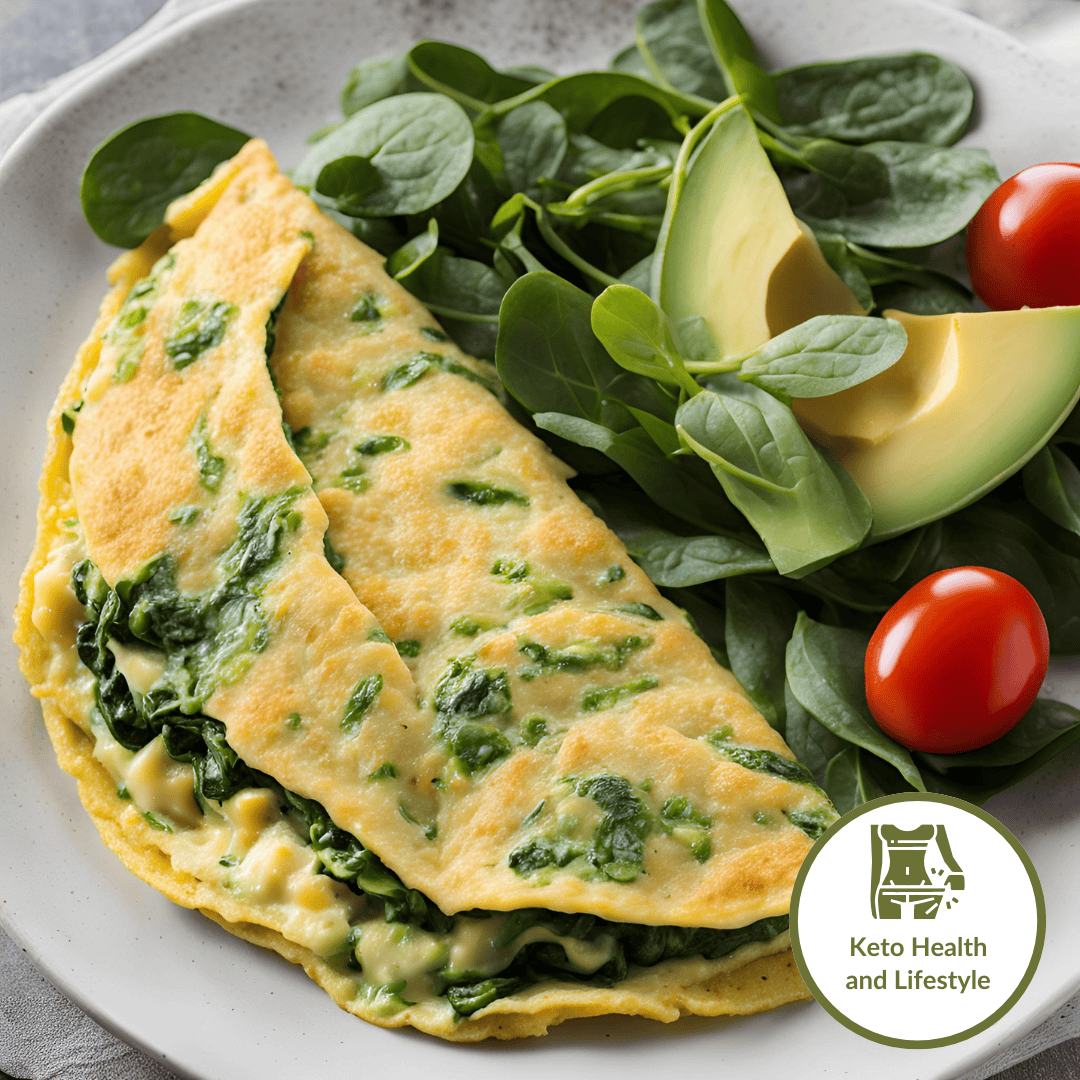 | Breakfast: Spinach and cheese omelet with avocado |
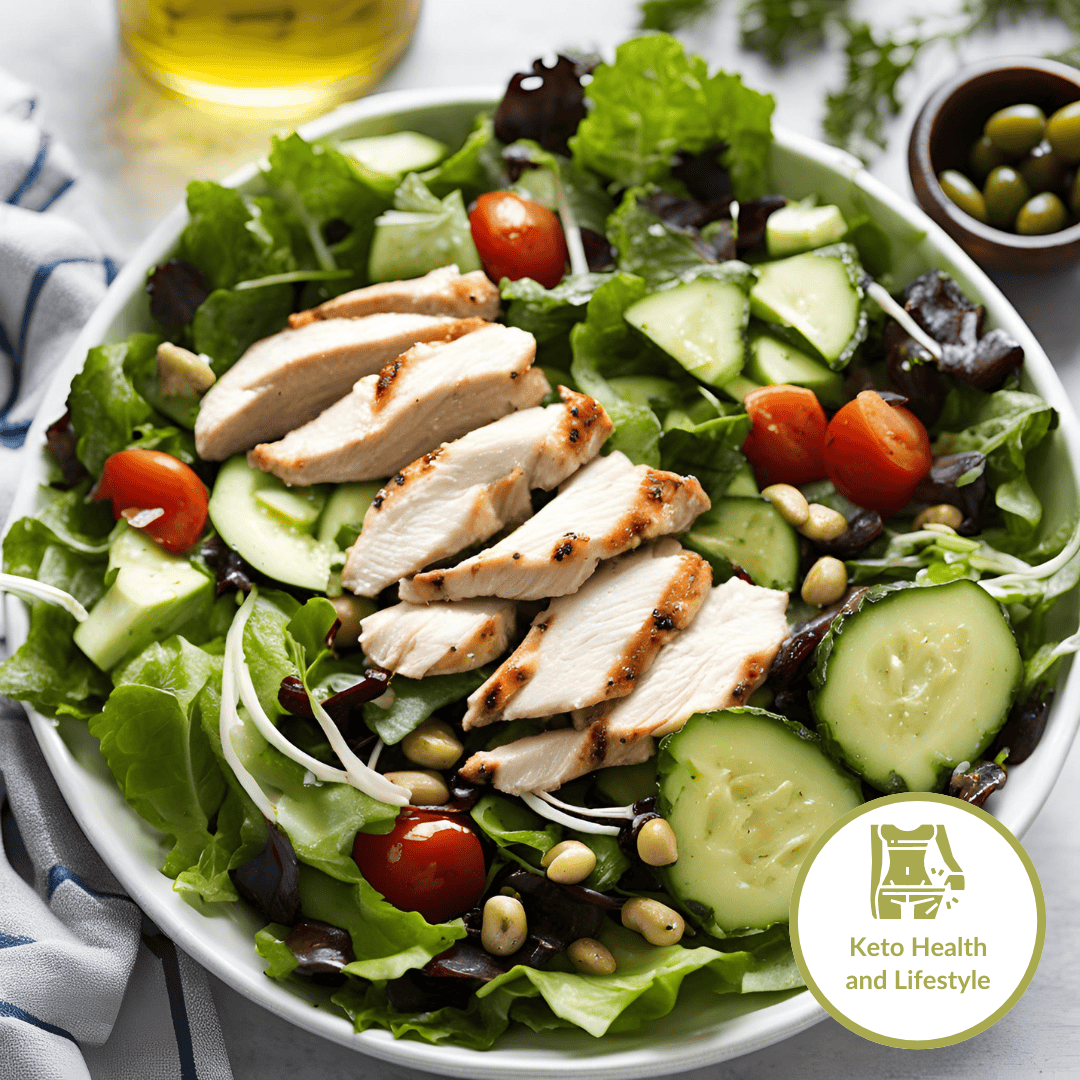 | Lunch: Grilled chicken salad with mixed greens, cucumber, and olive oil dressing |
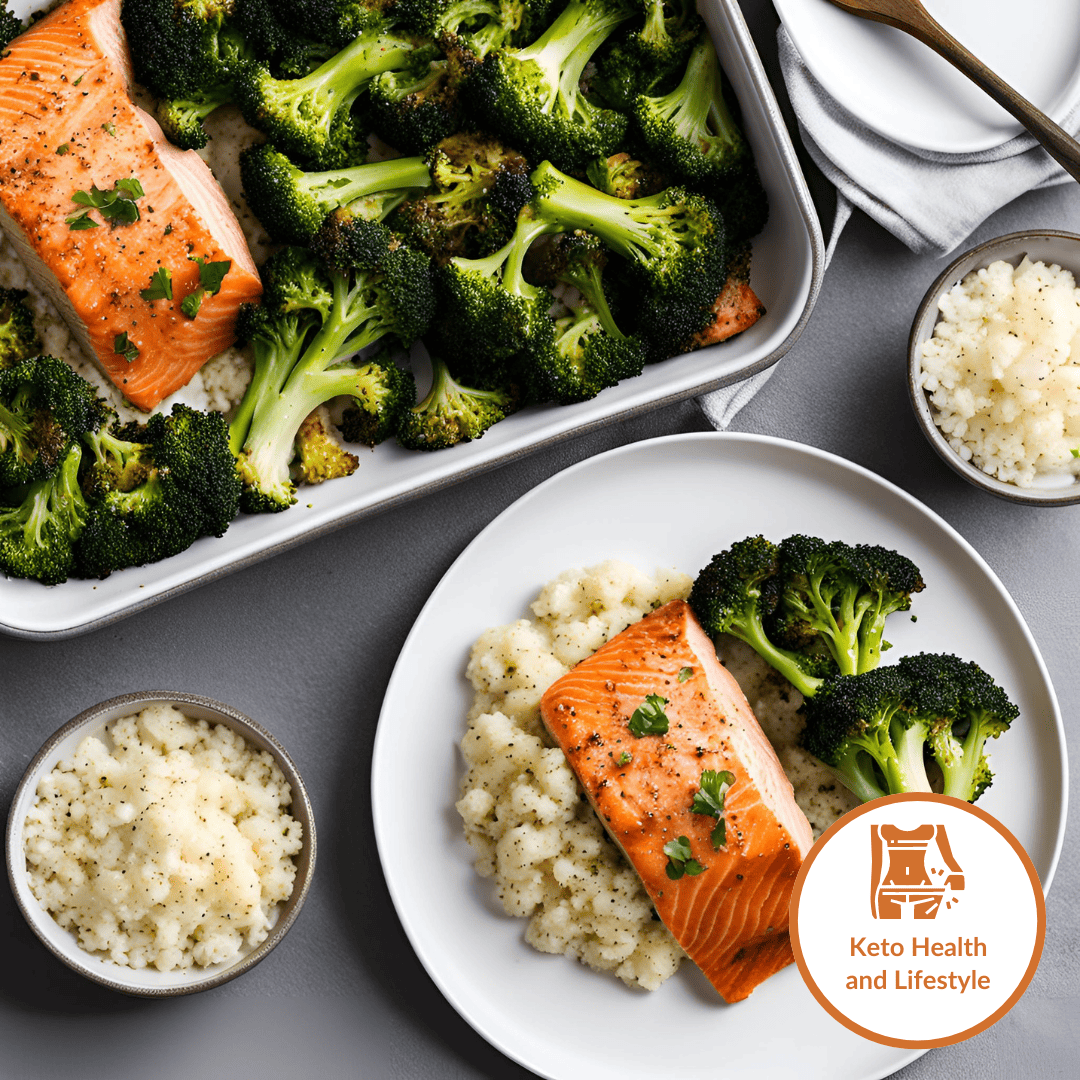 | Dinner: Baked salmon with roasted broccoli and cauliflower rice |
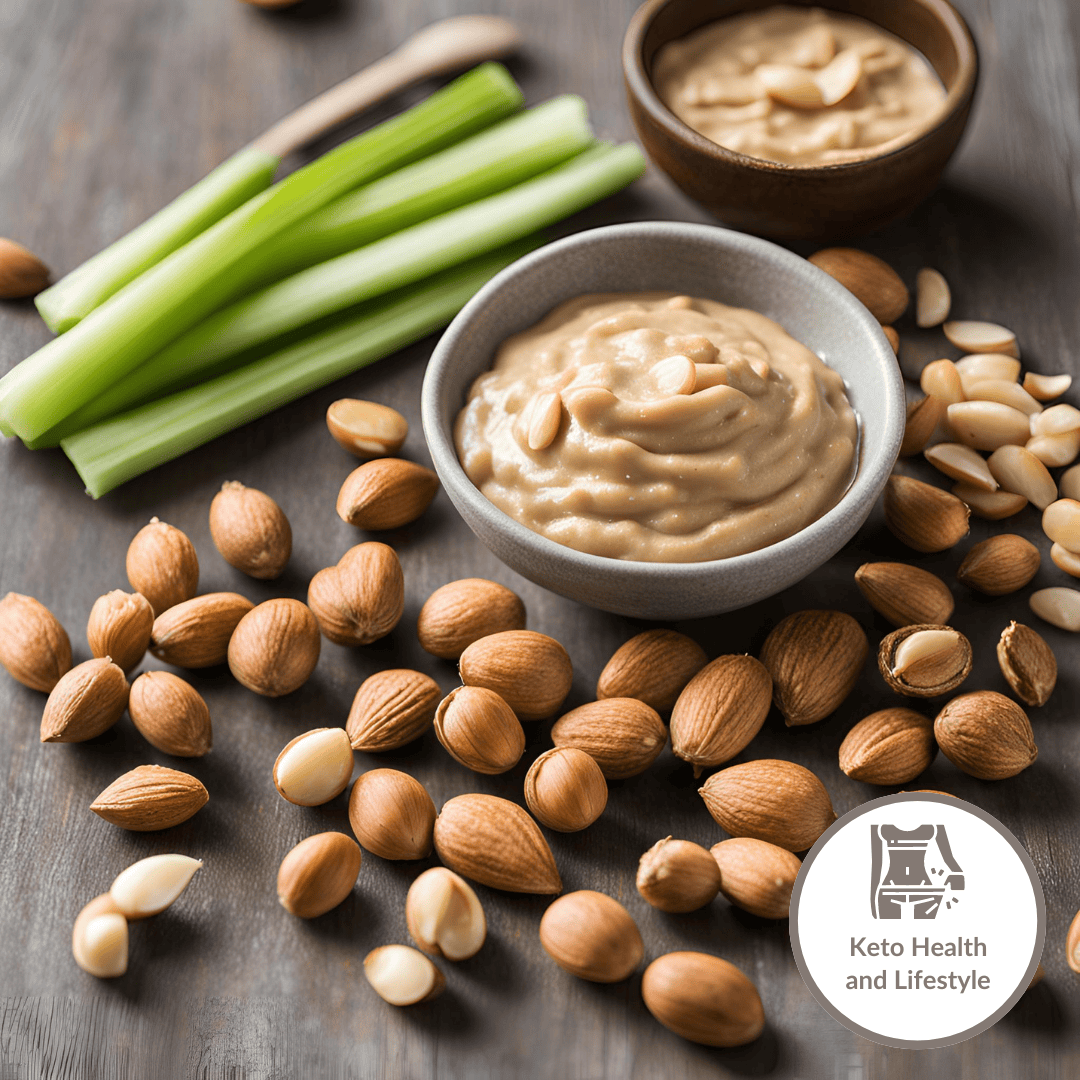 | Snack: Handful of macadamia nuts or celery sticks with almond butter |
Tips for Keto Diet Success
- Track your macros: Use a food tracking app to ensure you’re hitting your fat, protein, and carb goals.
- Stay hydrated: Drink plenty of water and consider adding electrolytes.
- Plan your meals: Meal prep can help you stay on track and avoid temptations.
- Listen to your body: Adjust your food intake based on how you feel and your energy levels.
- Be patient: It can take a few weeks for your body to fully adapt to ketosis.
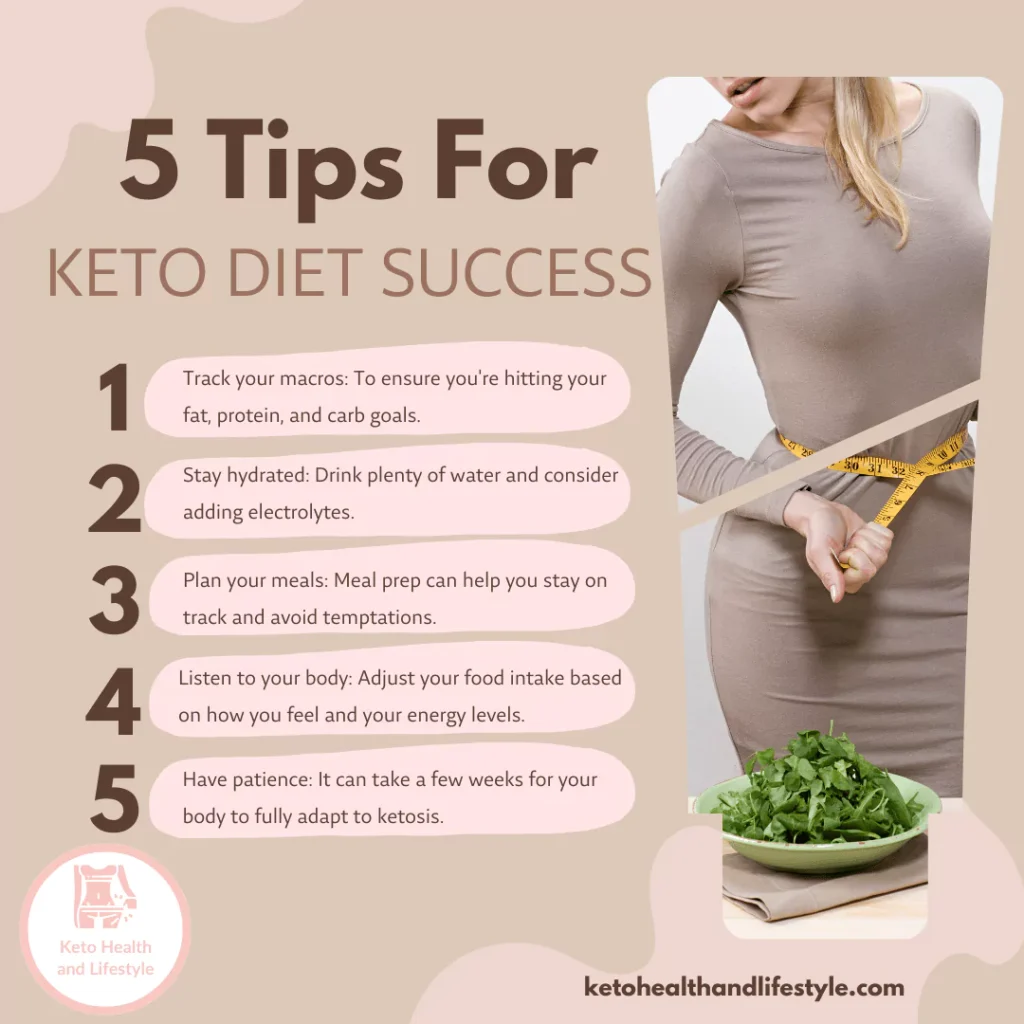
Conclusion
The ketogenic diet can be a powerful tool for weight loss and improved health when done correctly. By focusing on high-fat, moderate-protein, and low-carb foods, you can shift your body into a fat-burning state. Remember to consult with a healthcare professional before starting any new diet, and listen to your body throughout the process. Thank you for reading this comprehensive guide to the keto diet food list. We hope it helps you on your journey to better health!
Related Reading for Keto Diet Beginners
To help you kickstart your keto journey, here are three essential blog posts from Keto Health and Lifestyle that will provide you with all the foundational knowledge you need:
1. The Ultimate Guide: Starting a Keto Diet
This comprehensive guide covers everything from the basic principles of the keto diet to practical tips for getting started. Perfect for beginners, it demystifies the process and sets you up for success on your keto journey.
The Ultimate Guide: Starting a Keto Diet
2. What is Strict, Clean, Dirty, and Lazy Keto?
Explore the different variations of the keto diet and find out which one suits your lifestyle best. This post breaks down the key differences and benefits of strict, clean, dirty, and lazy keto, helping you make an informed choice.
What is Strict, Clean, Dirty, and Lazy Keto?
3. Keto Diet Macros Explained: Your Ultimate Guide for 2024
Understanding your macronutrient intake is crucial for keto success. This detailed guide explains how to calculate and balance your macros to maintain ketosis and achieve your health goals effectively.
Keto Diet Macros Explained: Your Ultimate Guide for 2024
